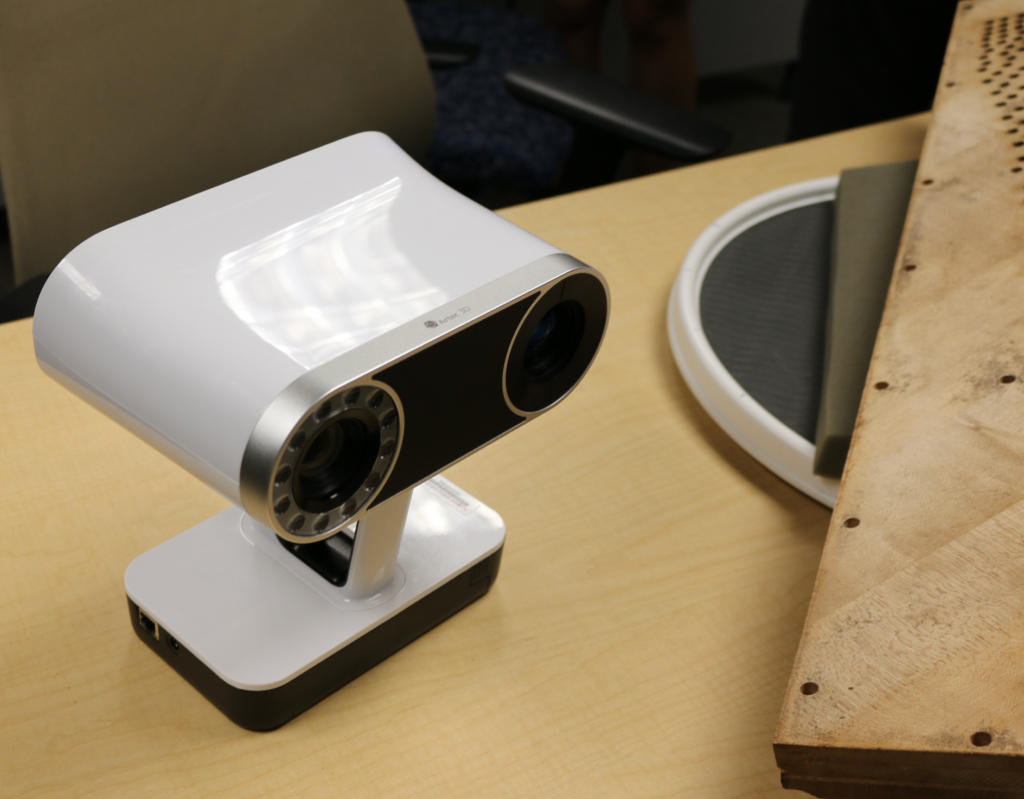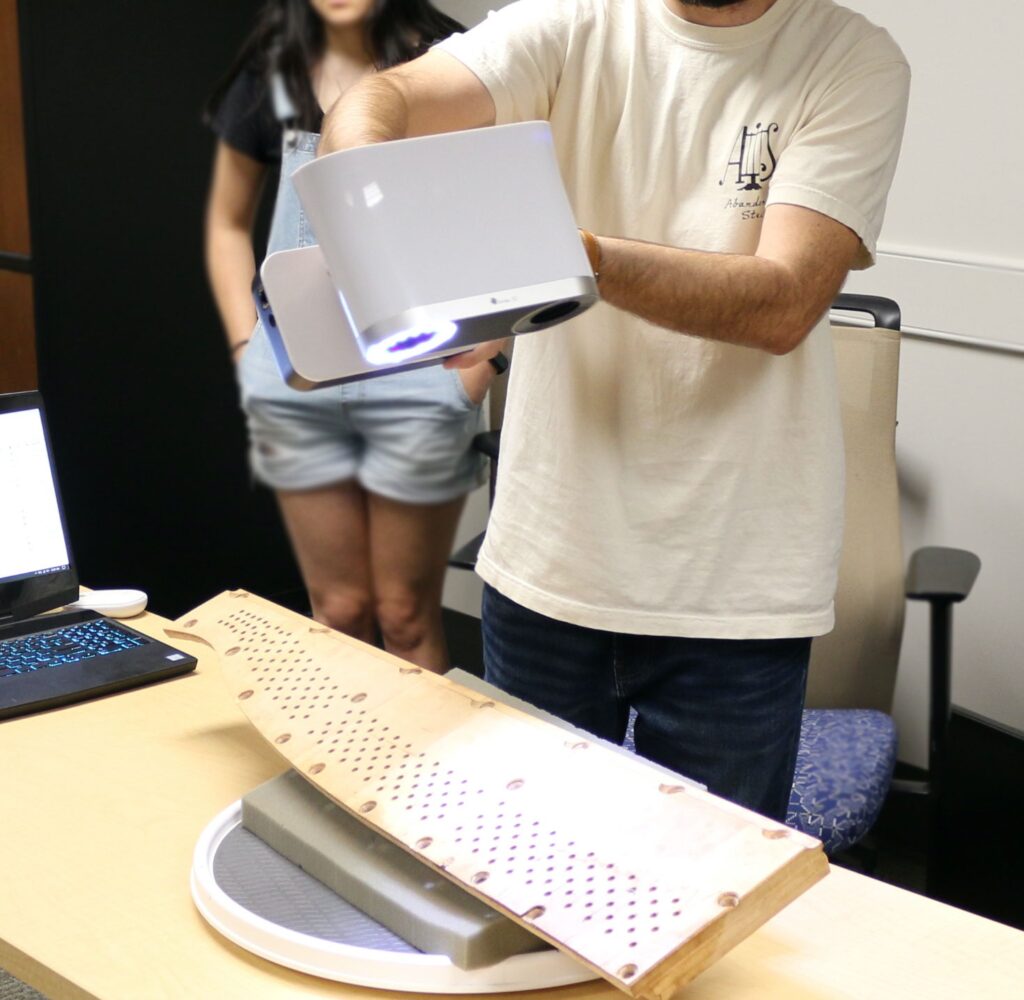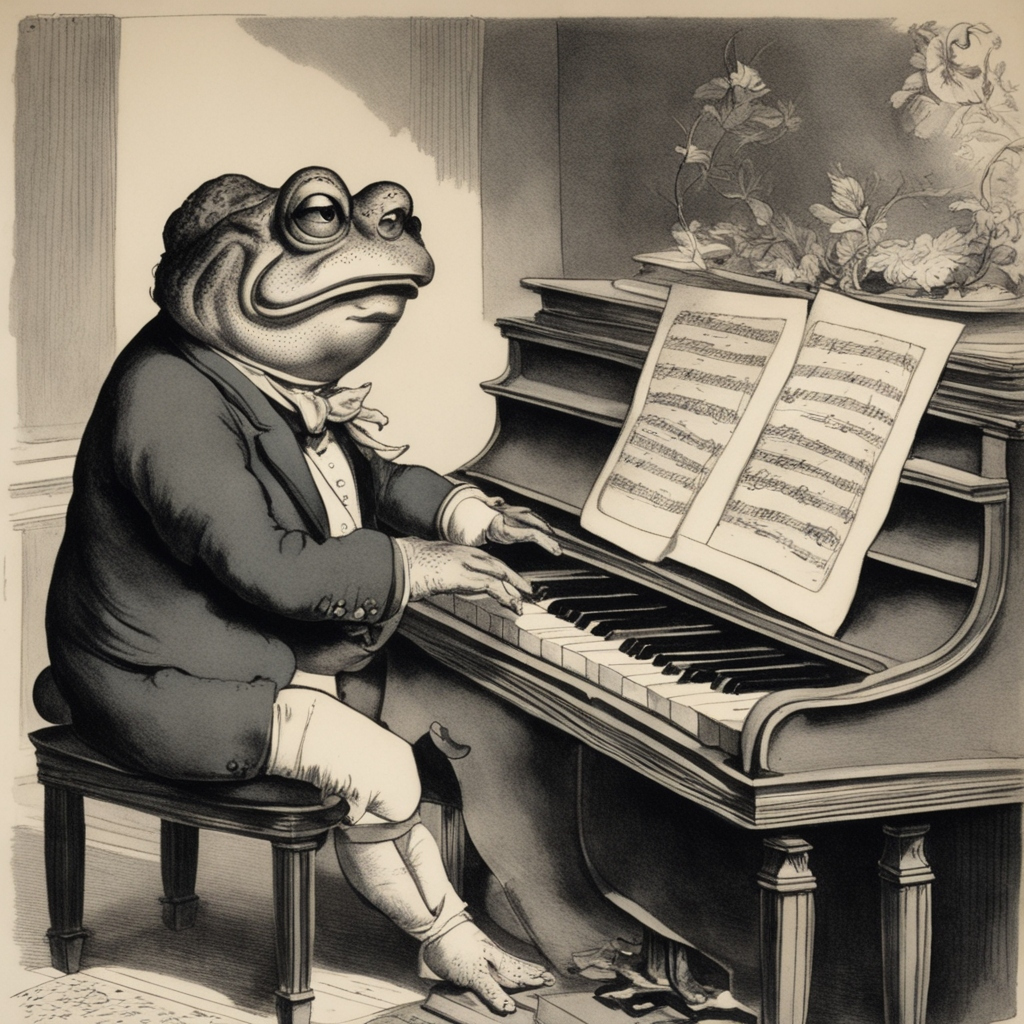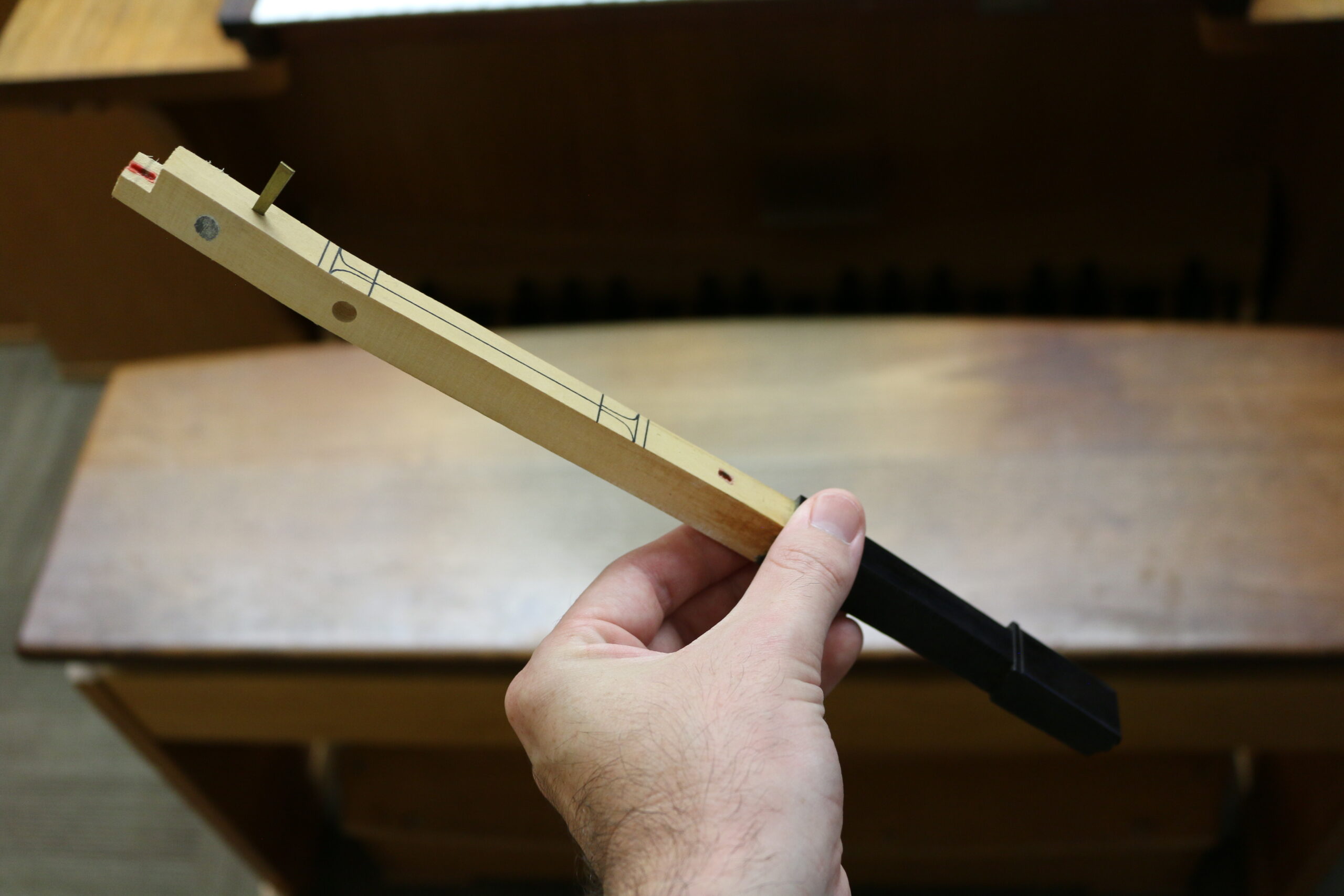How do you make an antique Chickering Piano play again?
Pin blocks are a crucial part of the piano. Without them, it would be impossible to tune the 200+ strings that make up the notes of the piano. Strings are wrapped around pins, which are fastened into a laminated wood block – called the pin block. Over time, the round holes in the pin block can begin to turn egg-shaped due to the tension in the strings. When these holes become so out-of-round that they can no longer grip and hold the pin, and the tension on the string is affected, the pin block will need to be repaired or replaced.
3D Scanning with artec
For this demonstration, two 3D scanners were utilized – both from Artec. Capable of scanning in many environments, these scanners are often used in automotive, aerospace, and even archaeological settings. The small blue scanner (Space Spider) produces a fine, precise image but requires a computer to stitch and process the image. The larger white scanner (Leo) is highly accurate but much faster and, therefore, does not produce as highly detailed a 3D image.
Scanned, Sealed, Preserved: Now What?
As you can imagine, the idea behind preserving this pin block is to duplicate it. These 3D scans will be stitched together to utilize the Space Spider’s high detail and LEO’s accuracy. Once combined, the file will be bounced to 3D modeling software like Fusion 360 for a multitude of capabilities. Exported files can then be sent to a CNC precision router, and the block duplicated down to 1/10 of a millimeter.







